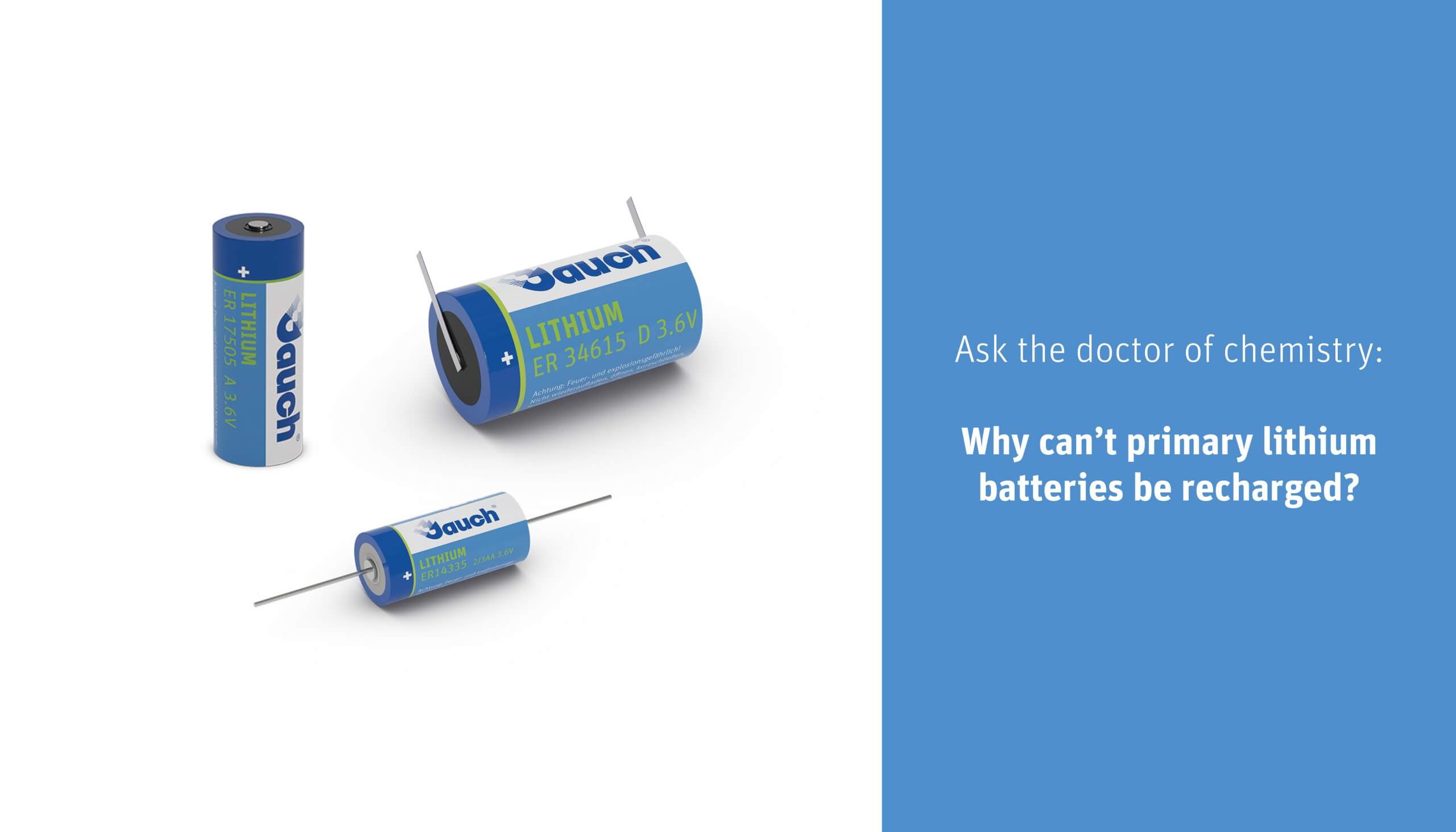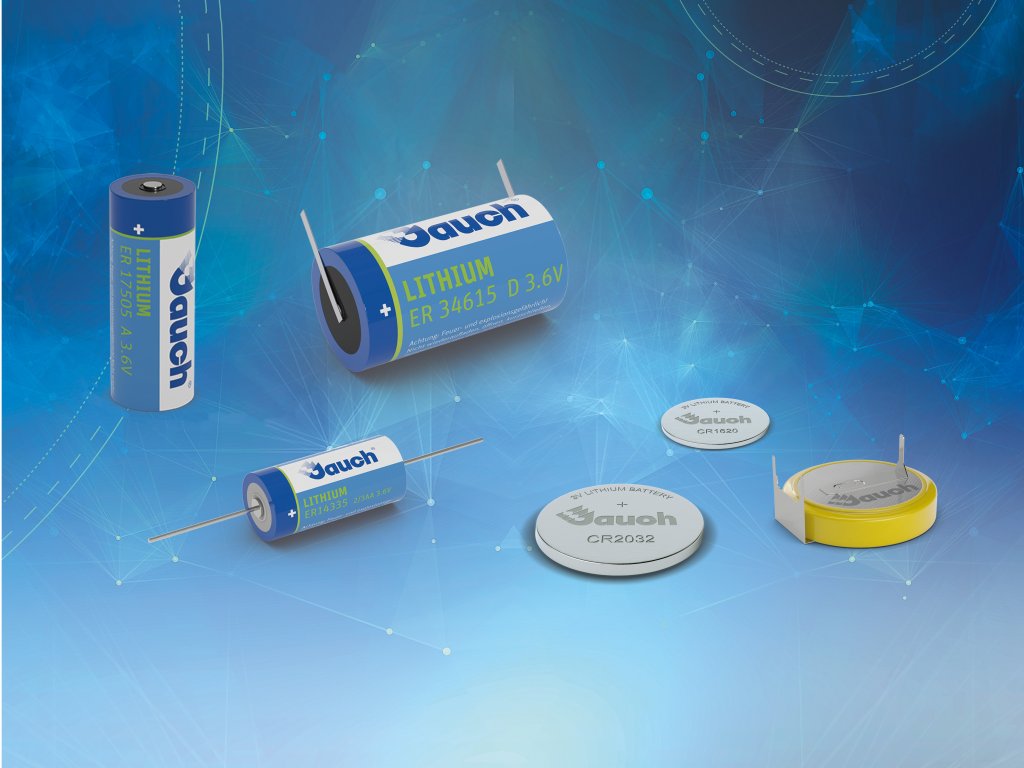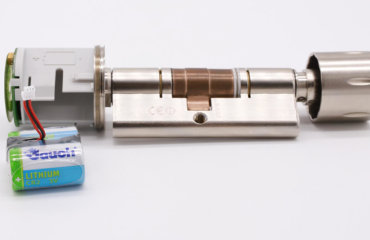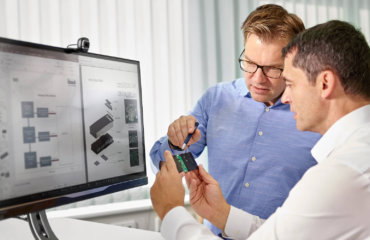
Lithium batteries are one of the most widely used types of batteries and serve a variety of applications, including electronic devices and energy storage. We know these batteries mainly from our smartphones, wearables, or cars, which we can recharge time and again. However, there are battery chemistries with lithium that cannot be recharged. These include, for example, the lithium thionyl chloride battery (ER types) or the lithium manganese dioxide (CR types).

But why can’t these batteries be recharged? And why is this not a problem with lithium-ion or lithium-polymer batteries? That’s what we asked our doctor of chemistry, Jürgen Heydecke:
Primary lithium batteries contain metallic lithium. “You can think of it as a foil or cylinder of lithium that is bright and silvery in the battery,” says Jürgen Heydecke. When the battery is discharged, the lithium is ‘consumed’. It passes into the electrolyte and thus also into the cathode. “If the cell were to be recharged, the lithium would be deposited on the anode in an acicular shape rather than smoothly. These deposits are shaped like dendrites. These could create an internal short circuit through the porous separator. In this scenario, the lithium would melt and a thermal runaway would be the possible consequence,” Heydecke explains.
Dendrites are small branches that look like the extensions of nerve cells. However, they represent electrochemical deposits on the electrodes of a battery. Dendrites are formed when the lithium migrates through the electrolyte over time and is deposited on the cathode. This can cause the dendrites to grow through the separator and cause a short circuit.
Dr. Jürgen Heydecke, Jauch Quartz GmbH
“That’s not the case with rechargeable batteries. Research into suitable intercalation materials has been carried out for a long time,” continues Dr. Jürgen Heydecke. This refers to the substance into which the lithium ions intercalate, i.e., where they are stored. Nowadays, carbon is the main material used for this purpose. During charging, the lithium ions are stored in the individual layers of the grid. The advantage: this can be done without the formation of dendrites.
Consequently, dendrites do not usually form in rechargeable lithium batteries, which has a positive effect on battery safety. However, there is an exception here, too, Heydecke explains. “As long as the batteries are charged according to the specification/operating instructions, there is no risk. But if the working temperature range or the currents are not observed during charging, then there is a risk that the lithium will not be deposited in the carbon layers, but on the outside. This is the same as in primary lithium batteries with plating of the electrodes by lithium. It can also lead to short-circuiting or burning of the cell.”

“An even safer approach would be to use a solid electrolyte in the lithium battery. Currently, a lot of research is being done on these solid-state batteries. The only thing that’s missing is production experience for the appropriate material for high currents,” Heydecke concludes.


 Deutsch
Deutsch 



